Submariners rescue denied
The tragedy with the nuclear submarine missile cruiser (APRC) "Kursk" occurred 12 August 2000 year. After a series of explosions on board, the nuclear-powered ship sank at a depth of 108 meters in 175 kilometers from Severomorsk. As a result of the disaster, all 118 crew members aboard the submarine were killed. As the state commission later found out, the explosion of the 65-76 “Kit” torpedo in the torpedo tube No. XXUMX led to the crash. As it was possible to establish, most of the crew of the boat died almost instantly or within a few minutes after the explosion.
Only 23 man could survive the flooding of the submarine, hiding in the aft, 9-m compartment of the submarine. All crew members gathered in the 9 compartment were from the 6-7-8-9 of the Kursk compartments. A note was also found here by the captain-lieutenant Dmitry Kolesnikov, the commander of the turbine group of the movement division (7 compartment of the Kursk). As Admiral Vyacheslav Popov later commanded the Northern Fleet, after the explosion on board, the surviving submariners struggled for the survivability of the stern compartments of the boat for just over an hour. Having done everything in their power, they moved to the 9 th asylum compartment. The last note, which was made by Lieutenant Commander Dmitry Kolesnikov, was written by him in 15: 15 12 in August 2000, exactly this time is indicated in the note.
As experts later established, all the submariners remaining in the 9 compartment died during the 7-8 hours (maximum) after the tragedy. They were poisoned by carbon monoxide. When charging the RDU (regeneration and breathing device) with fresh plates or hanging additional regenerative oxygen plates in open form (not in RDU installations) in safe places of the 9 compartment, the sailors are considered to be or accidentally dropped the plates, allowing them to come into contact with the oil in the compartment and fuel, or allowed accidental contact with oil on the plate. The subsequent explosion and fire almost immediately burned out all the oxygen in the compartment, filling it with carbon dioxide, from which the submariners lost consciousness, and then died, there was simply no oxygen left in the compartment.
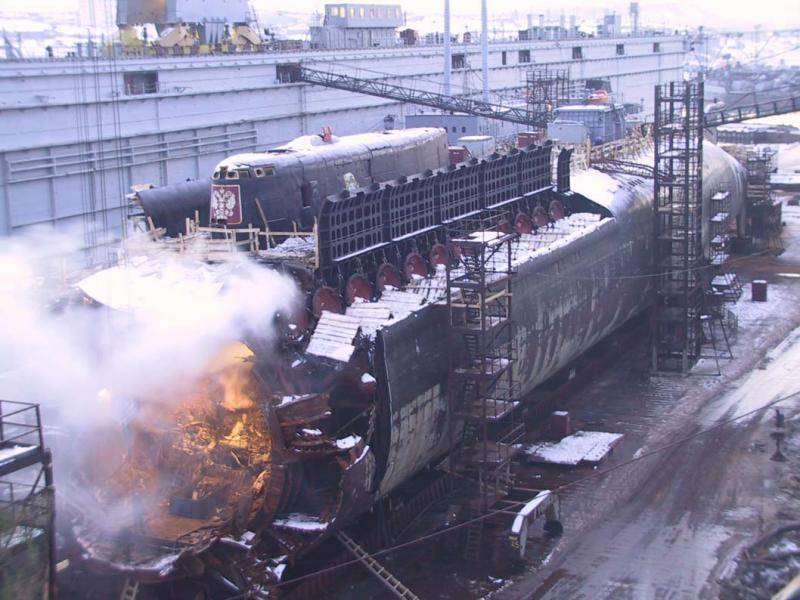
They could not have been saved even if they had managed to leave the ill-fated 9 compartment on their own through an emergency rescue hatch (ASL). In this case, even those who managed to get to the surface would not be able to live more than 10-12 hours in the Barents Sea, even while in hydro-overalls, the water temperature at that time was + 4..5 degrees Celsius. At the same time, the leadership of the fleet search actions were announced only after more than 12 hours after the disaster, at the same time the boat was recognized emergency. And the first ships arrived at the place of submarine death only after 17 hours. The situation was aggravated by the fact that an emergency rescue buoy (ASB), which was supposed to emerge after the tragedy in automatic mode, accurately specifying the location of the submarine, actually remained on board, which the submariners did not know about.
The tragedy of the Kursk nuclear missile system became the last major catastrophe in the Russian nuclear fleet, revealing a large number of problems in the organization of search and rescue support (PSO) of the Russian Navy. The lack of modern vessels, the lack of necessary diving equipment, and the imperfection of work organization were revealed. Only 20 August 2000, the Norwegian vessel Seaway Eagle was allowed to rescue at the site of the tragedy, the divers from which were able to open the aft escape hatch of the submarine the next day. By that time there was no one to rescue by boat, as it will become known later, all submariners died before the search and rescue operation began.
All accidents and disasters that occur in the fleet are the starting point for action and taking measures to equip the fleet with modern means of rescue crews in distress ships. The disaster with Kursk was no exception. The country has taken a number of measures aimed at improving the means and forces designed to rescue submarine crews. So in 2001-2003 overseas, it was possible to acquire modern remote-controlled unmanned vehicles (TNLA), as well as deep-sea normobaric space suits and other special equipment, some documents regulating rescue operations were rewritten and re-approved. Taking into account the experience gained, new models of diving and rescue equipment have been developed, and on some submarines, improved rescue systems for submariners were introduced.
As noted in an article published in the issue of the military-industrial complex newspaper 10 (723) for 13 in March 2018, Viktor Ilyukhin, due to the acquisition of imported equipment, the capabilities of Russian rescuers somewhat increased, as many operations that were previously carried out by divers in ordinary deep-water equipment began to be performed with the help of TNPA or with the use of special rigid normobaric space suits, which are, in fact, a mini-bathyscaph, reliably protecting its operator from the enormous pressure of the water column. Thanks to their use, the process of inspecting submarines has accelerated, the process of delivering livelihood support equipment to emergency crews has been simplified.
A significant step forward was the “Concept for the Development of JI Systems of the Russian Navy for the Period up to 2025 of the Year”, which was approved by the Minister of Defense of the country 14 in February of 2014. The first stage of this program, calculated up to 2015, included providing rescuers with modern means of assisting emergency facilities at sea and carrying out underwater work with minimal environmental damage, as well as the process of deep modernization of the existing deep-water vehicles and the beginning of the construction of a series of 21300 ships vessel) with rescue deep-water vehicles (MUH) of the new generation Bester-1.
The second phase of the program, planned for the 2016-2020 years, envisaged the creation of special multi-purpose rescue vessels of the near-sea and long-distance sea and ocean zones, as well as basing points of the fleet ships. The third stage (2021 - 2025 years) assumed the creation of an airmobile rescue system for submariners. This system is planned to be used from non-specialized carrier vessels or specially designed for this purpose combat submarines of the Russian fleet. Also adopted in 2014, the concept envisaged the development of rescue facilities for submariners in the Arctic, including under the ice.
How the concept is implemented
In December 2015, the composition of the Russian Navy ships was added to the rescue vessel of the ocean class "Igor Belousov." It is about the lead ship of the project 21300С “Dolphin”. "Igor Belousov" is intended for crew rescue, supply of life-saving equipment, air and electricity to emergency submarines lying on the ground or in surface position, as well as surface ships. In addition, a rescue ship can search and survey emergency facilities in a given area of the oceans, including as part of international maritime rescue teams.
This rescue vessel is the carrier of the new generation generation BESTER-1 of the 18271 project. This unit has a working depth of diving to 720 meters. One of the features of the device is the presence of a new guidance system, landing and attachment to an emergency submarine. The new camera docking to the emergency exit from the submarine allows you to evacuate submariners at a time to 22 at a time up to 45 degrees. The ship also has an imported deep-sea diving complex GVK-450, produced by the Scottish company Divex, and was supplied by Tethys Pro.
Also within the framework of the implementation of the adopted concept, the 4-x rescue deep-water apparatuses (MUH) were upgraded with a longer service life of the devices. But in terms of finalizing tripping devices to ensure lifting of MUH with people, as well as installing a docking station with pressure chambers to ensure decompression of submariners, the task was not completed. The need for the presence in the search and rescue support of the Navy of ships with MUH equipped with modular means of maintaining the life of the crew of submarines and decompression pressure chambers is confirmed by numerous international exercises in which foreign 1970-s foreign rescue vessels take part, modern equipment that meets today's requirements of the day In this regard, in Russia, it is still important to modernize existing rescue vessels that are carriers of MUH. The main point of the implementation of the second stage of the concept was the creation of 11 rescue tugboats of various projects: 22870, 02980, 23470, 22540 and 745mp, as well as 29 offshore and multifunctional diving boats of 23040 and 23370 projects, which, however, are not intended to rescue emergency personnel underwater boats lying on the ground.
The problem lies in the fact that “Igor Belousov” is the only ship of this type in the entire Russian fleet. 1 June 2016, a rescue ship under the command of captain 3-rank Alexei Nekhodtsev, left Baltiysk, the ship successfully overcame more than 14 thousand sea miles, arriving in Vladivostok on September 5. Today the ship is based in the same place, being part of the Pacific Fleet of Russia. According to the previously adopted concept, it was planned to build the 5 serial ships of the 21300 project, as well as to create a multifunctional rescue vessel in the far sea and ocean zone, but work in this direction had not yet begun. Not even the requirements for the serial ship of this project have been clarified, which would take into account the experience of testing and operating the already constructed lead ship Igor Belousov. In addition, Russia has not resolved the issue of creating a domestic deep-sea diving complex. It is planned to build a series of rescue ships before 2027. According to the plans, it is planned to have at least one such vessel in each fleet.
There is no place for GVK
The technology of diving works by the method of conducting long dives over the past 25 years has hardly changed. This happens not only because the performance of divers at great depths is very low, but mainly due to the rapid development of robotics and unmanned vehicles, including underwater ones. The top cover of the ill-fated emergency rescue 9 of the nuclear submarine Kursk was opened with the help of manipulators of a foreign uninhabited submersible (NPA). In all the recent search and rescue operations that have been carried out at sea over the past 20 years, the relatively high efficiency of the use of remote-controlled NLA has been confirmed.
So 4 August 2005 of the Russian rescue deep-water device project 1855 "Prize" (AC-28) as part of a planned dive in Kamchatka near Berezovaya Bay got entangled in the elements of the underwater hydrophone system and was unable to surface. In contrast to the situation with the "Kursk", the leadership of the Navy immediately turned to other countries for help. The rescue operation was carried out for several days, the United Kingdom, the USA and Japan joined it. 7 August, the British TNPA Scorpion released AC-28. All the sailors aboard the ship were rescued.
Normobaric spacesuits, which, unlike GVK, occupy significantly less space on a rescue ship, also show high efficiency. However, to completely replace divers unmanned vehicles and normobaric suits are not able, at least for now. For this reason, the need for divers when working at depths up to 200-300 meters when solving not only military but also civilian tasks still remains. It is worth noting that the rescue vessel "Igor Belousov" has two normobaric spacesuits HS-1200, as well as the TNE Seaeye Tiger, capable of operating at depths up to 1000 meters.
Currently available foreign vessels with GVK, as a rule, are designed for underwater technical and diving operations in solving various civilian tasks at depths of up to 500 meters. At the same time, they can also be involved in rescue operations in the interests of the naval forces, as happened with the Kursk submarine. According to Viktor Ilyukhin, the following tendency has been outlined in the Navy of foreign states in the development of rescue of personnel of emergency submarines lying on the ground. It consists in the development of mobile systems that allow rescuing crews of distressed submarines from a depth of 610 meters and are placed on civilian vessels. In kits that can be transported if necessary aviation or by conventional motor transport, include SGA, normobaric spacesuits with the ability to immerse up to 610 meters and TNPA with a working depth of up to 1000 meters, decompression pressure chambers. Moreover, there are no deep-sea diving complexes as part of these systems.
According to the expert, the experience of carrying out various rescue operations tells us that when removing the locations of search and rescue forces from possible areas of submarine accidents, timely arrival at the place of rescue vessels to evacuate the crew of the emergency submarine or maintain its vital activity is not always realistic. It is necessary to take into account the adverse weather conditions that can be observed in the area where the submarine is in emergency, which also imposes its own limitations, sometimes very significant.
Along with this, the extreme factors that can be observed in the emergency boat compartments: increased pressure and air temperature, the presence of harmful gases and impurities - significantly reduce the crew survival time. The personnel may simply not wait for help from outside; in such a situation, it is necessary for them to make a decision about an independent exit from the boat, which in some cases turns out to be the only possible rescue option.
Despite the fact that the designers have carried out some studies aimed at resolving issues of more efficient use of pop-up cameras, automating the process of locking and reducing the time of this process, there remains a need to improve all elements of the rescue complex of submarines. A comparison of Russian sluice systems with foreign counterparts shows us that Russian submariners take much more time to complete, which seriously affects the effectiveness of the rescue operation. Also, the question of the ascent of rescue rafts from the submarines on the ground has not been resolved. At the same time, such a decision would significantly increase the probability of the survival of submariners before approaching the place of the accident by rescuers.
The issue of rescue submarines and the involvement of civil courts
As Viktor Ilyukhin notes, rescue vessels and deep-sea rescue vehicles currently available in the Russian fleet have a rather large disadvantage: they are not able to operate in areas covered by ice, and they can also be ineffective in free water with increased sea waves. . In this case, a very good option, which would ensure the operational arrival of rescuers with a lesser dependence on meteorological conditions at the accident site, would be special rescue submarines. For example, specially equipped for this purpose, combat submarines, the appearance of which is provided by the 3-th stage of the concept.
Earlier in the USSR there were such boats. In the 1970-ies were built two diesel rescue boat project 940 "Lenok". Later, they confirmed their effectiveness, but at the end of the 1990-s were withdrawn from the Russian fleet, which has since not received an equivalent replacement. These boats were carriers of two deep-sea rescue vehicles operating at a depth of up to 500 meters, diving equipment for work at a depth of up to 300 meters and a complex of continuous-decompression chambers and a long-stay compartment. In addition, rescue submarines were equipped with special devices and systems, for example, a gas supply, air supply and utilization of gas mixtures. Devices for supplying VVD and SPS, devices for smearing of silt, cutting and welding of metal.
Viktor Ilyukhin also points to the experience of recent years, when all ships were involved for conducting large-scale rescue operations, regardless of their departmental affiliation. In this regard, it is worth paying attention to the civilian fleet and multifunctional vessels that can be used in the interests of the Russian Navy during rescue operations. For example, the Russian company Mezhregiontruboprovodstroi JSC has a special purpose ship Kendrick, this vessel is equipped with a MGVK-300 deep-sea diving complex, which provides work at a depth of 300 meters, as well as a TNPA for carrying out underwater engineering works at a depth of 3000 meters . In this regard, it seems relevant to conduct joint exercises of the Navy and other Russian departments and companies to assist and rescue personnel from submarines lying on the ground.
In general, the expert notes the fact that the first two stages of the implementation of the “Concept for the Development of JI Systems of the Russian Navy for the Period to 2025” were not implemented. Comparing the current state of forces and means of rescue of submarine crews with the 2000 year, Ilyukhin notes that significant changes have affected only the Pacific Fleet. In this regard, it is extremely important to update the designated concept regarding the activities indicated in it and the timing of their implementation; this must be done as quickly as possible.
Information sources:
https://vpk-news.ru/articles/41652
http://avtonomka.org/44-заживо-погребенные.html
http://militaryrussia.ru/blog/topic-745.html
http://www.tetis-pro.ru
Open source materials
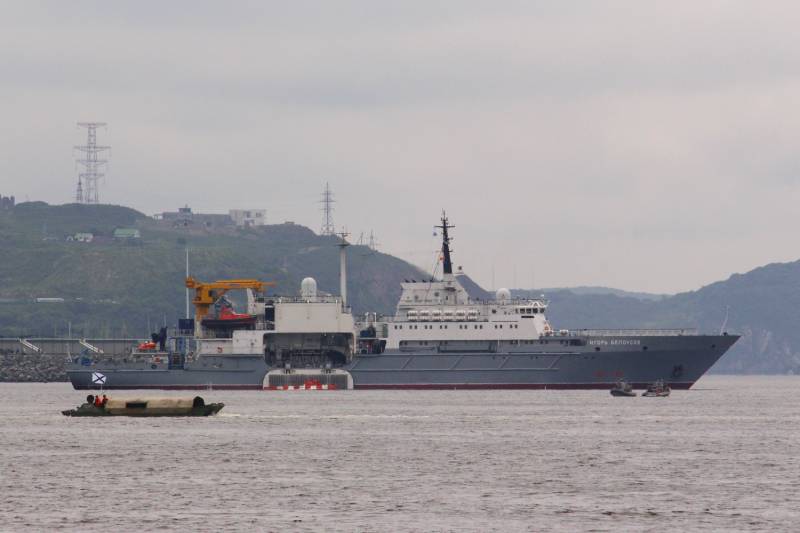
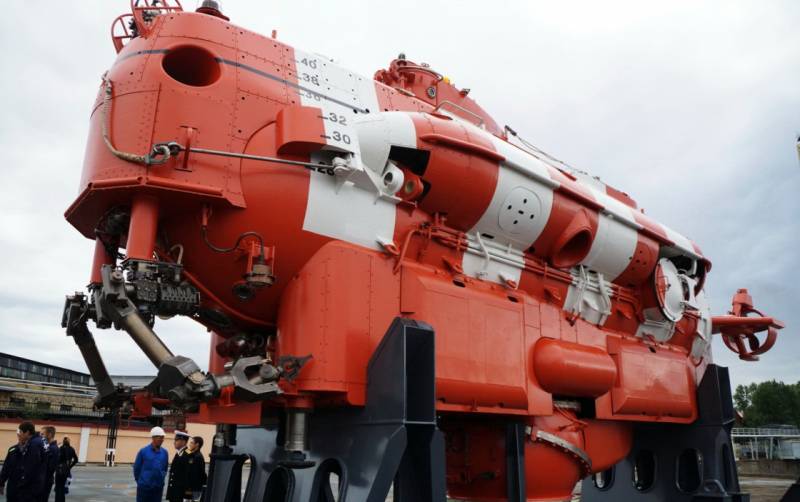
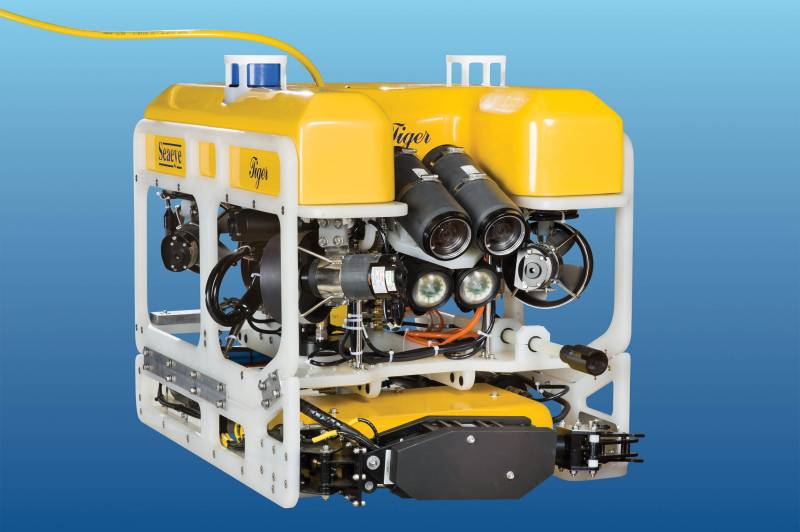
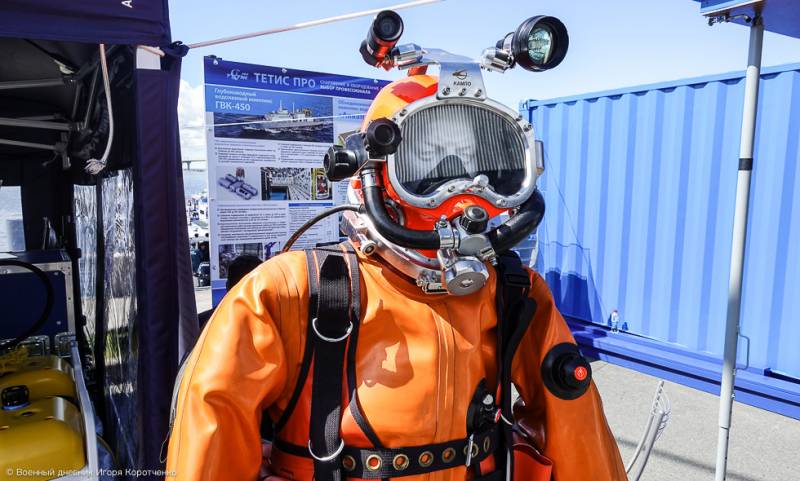
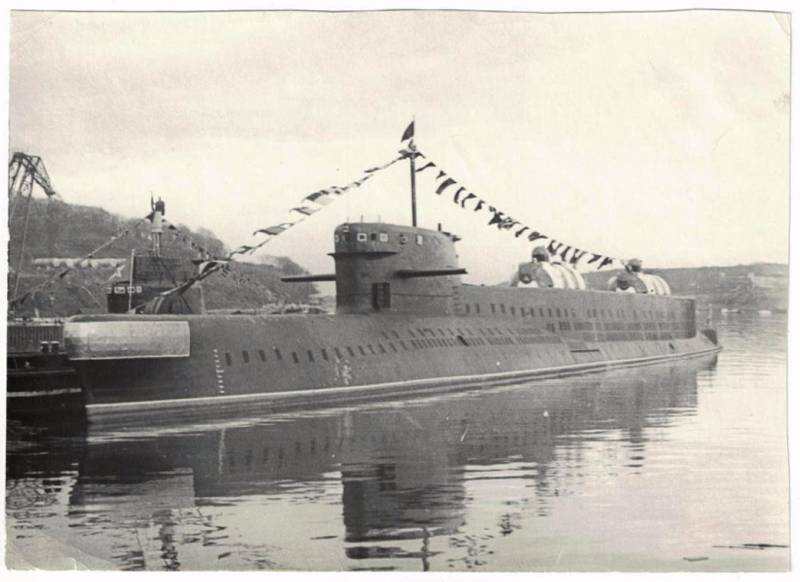
Information